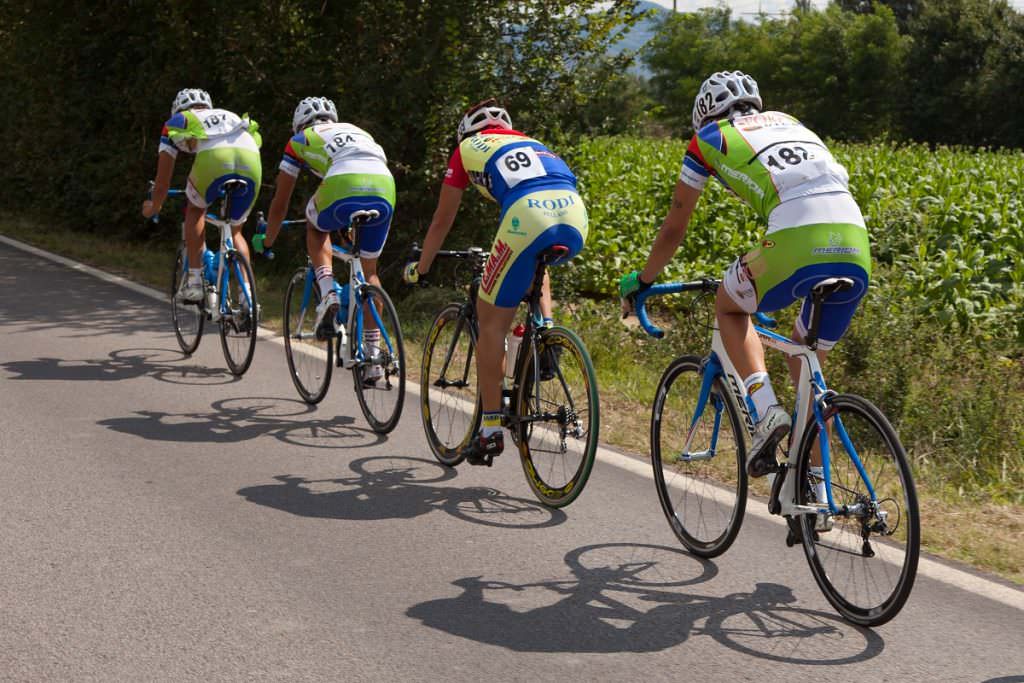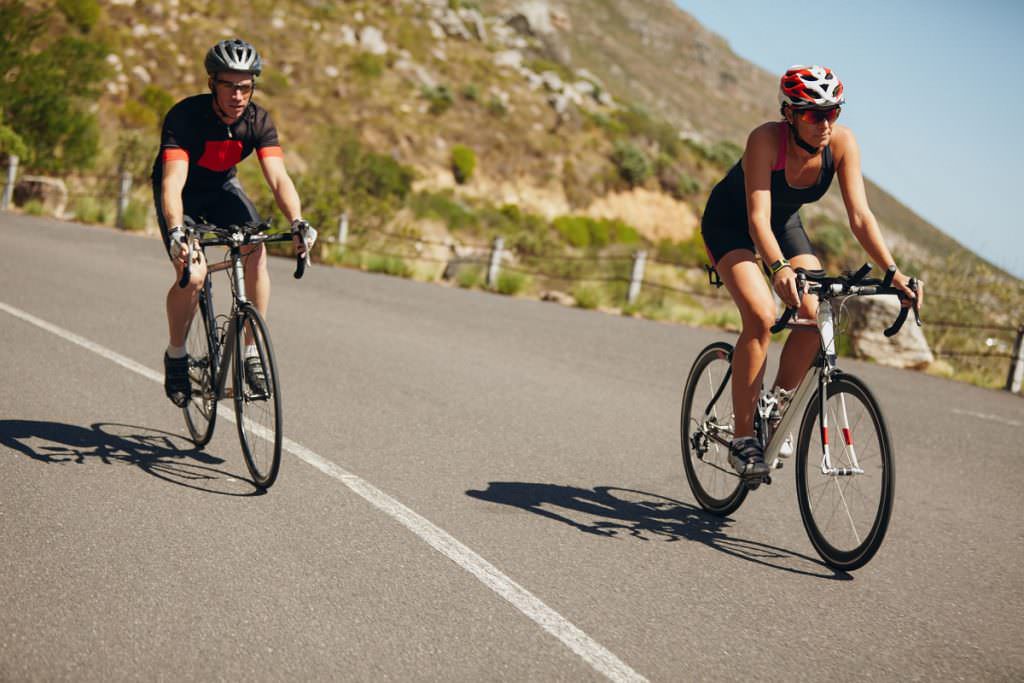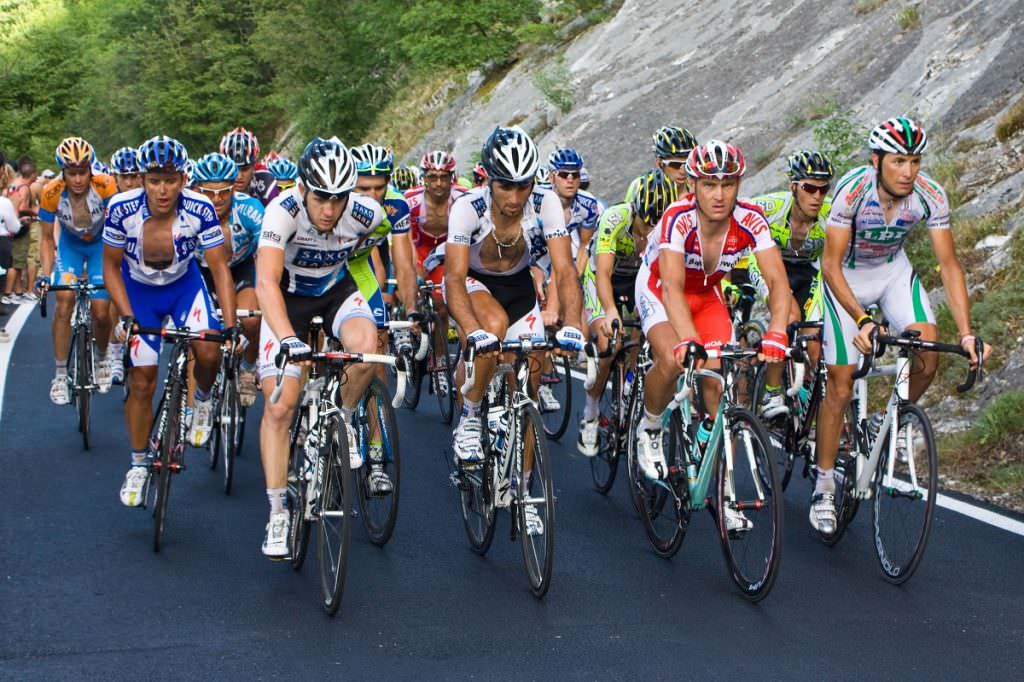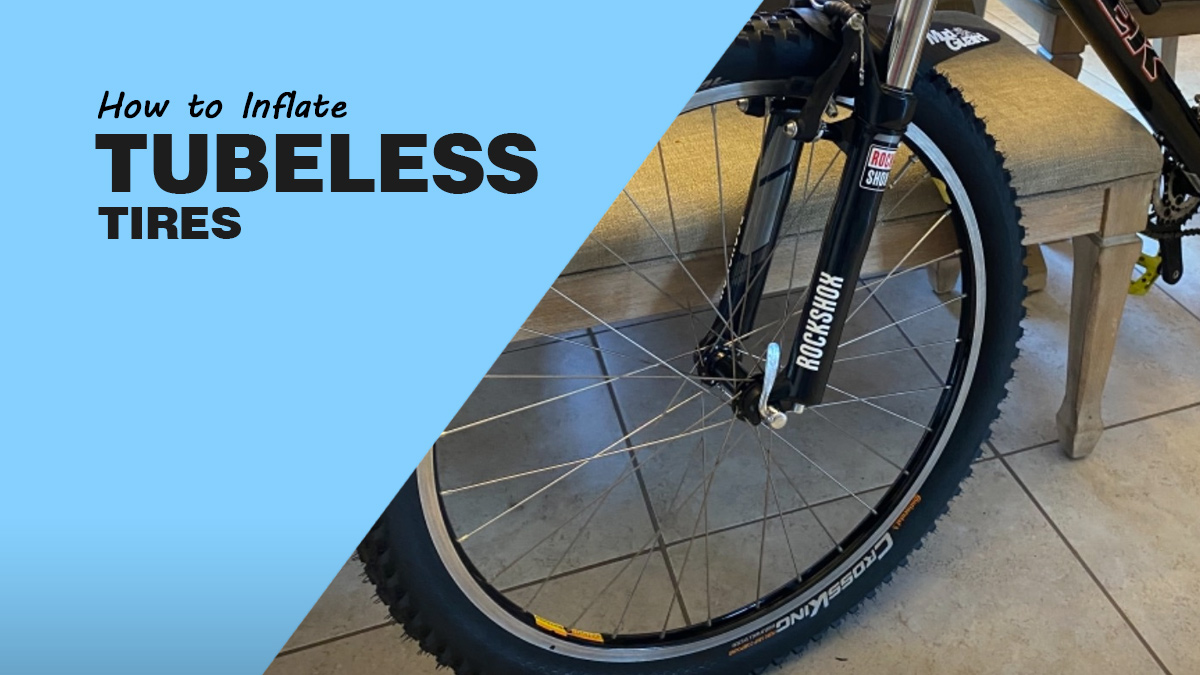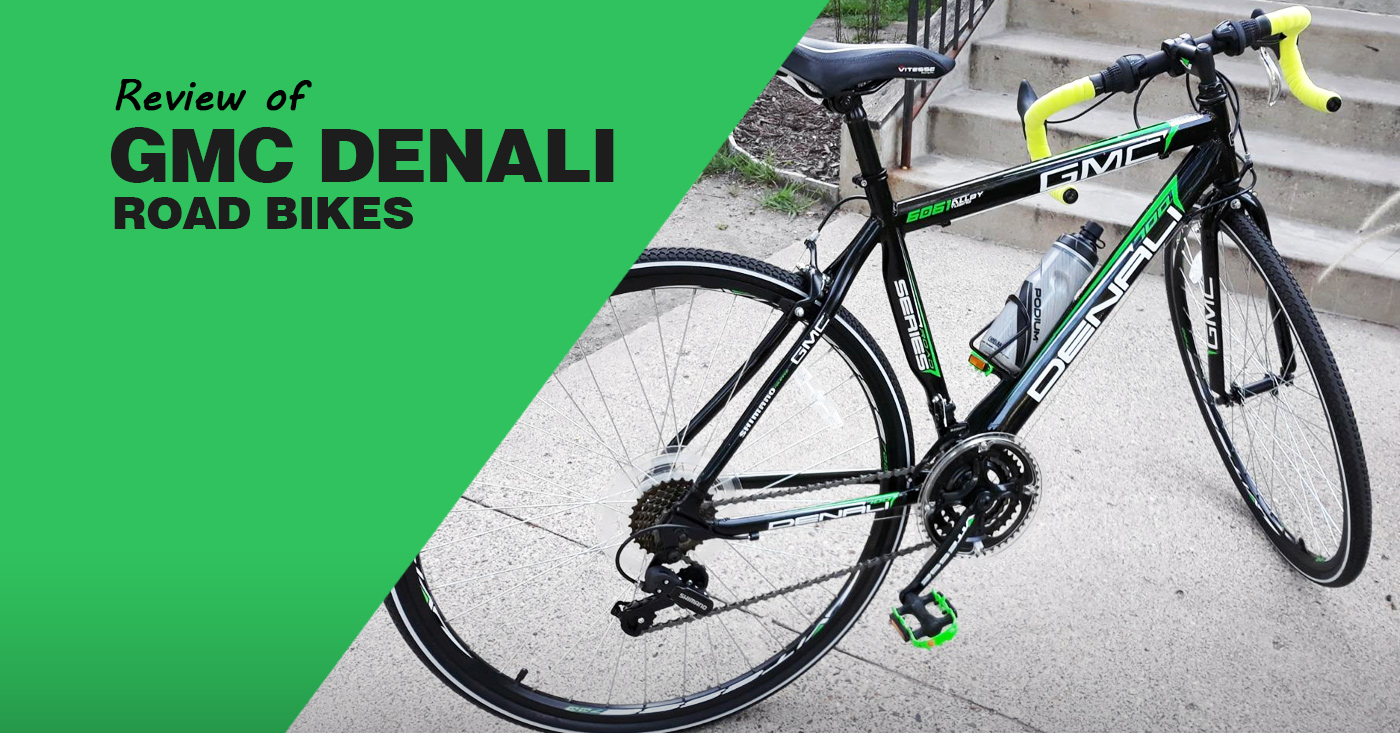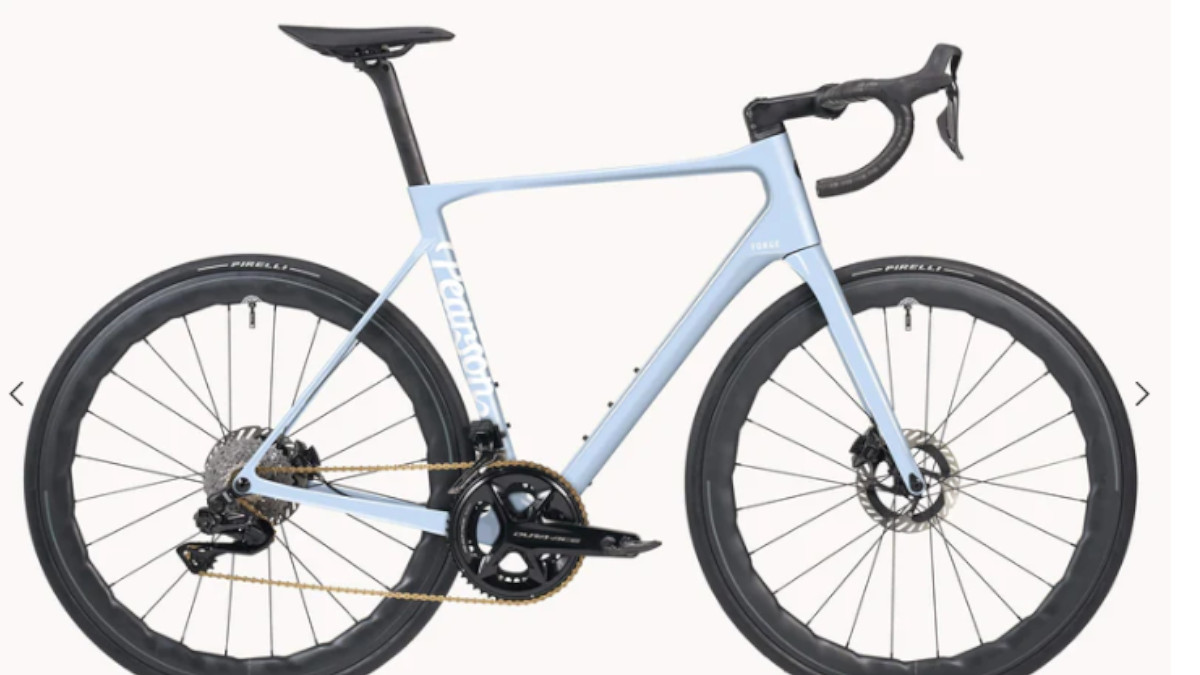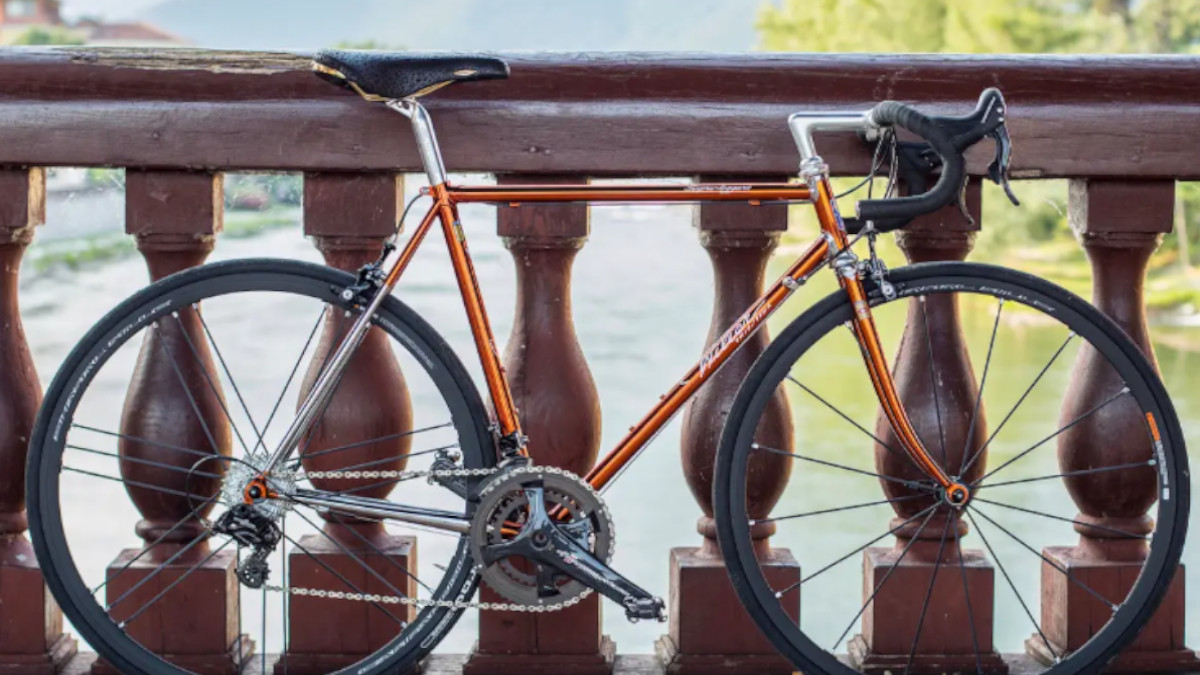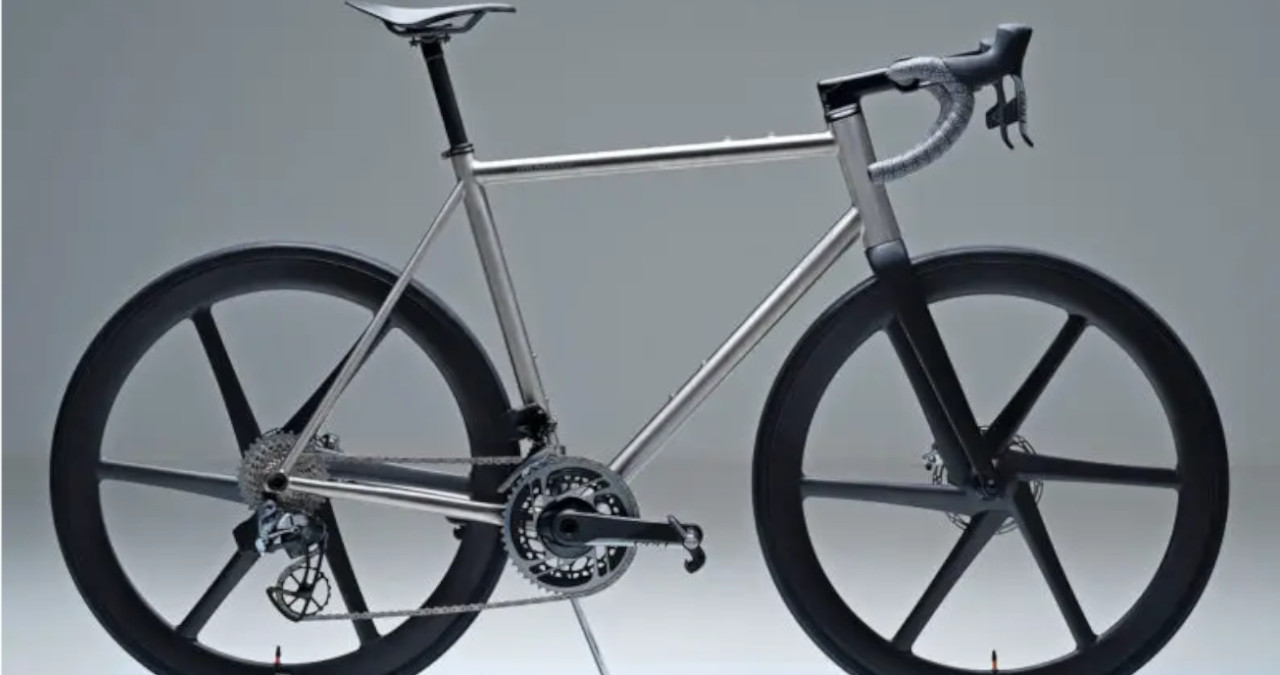I know what you are thinking. Will tubeless bike tires become the norm for future bikers? Well, with so many advantages, I think the tubeless tires are here to stay. Don’t you agree? It is fair to state that the tubeless technology is still in its infancy, there are plenty of updates and innovations tire makers can make on the existing types.
With the invention of tubeless tires, there are several options and standards you can choose from, and there are some misunderstandings bikers have to struggle with to pick the right tubeless tires for their bikes. If you are one of them, this article is designed to simplify everything you need to know about tubeless tires.
Tubeless clinchers are a type of road bike tire, and they are relatively new in the bike tire market. They were first adopted for mountain bikes but their usage has been expanded lately and they are used on the road and other surfaces. Some of the recognized merits of tubeless tires include but are not restricted to:
- Make your bikes run lighter and faster with reduced rolling resistance
- Allowing lower tire pressures and subsequently removing the threats of pinch flat
- Making tire punctures less frequent when coupled with a certain liquid sealant
- The possibility of working incompatible with various rim and tire standards
The Pros And Cons Of Tubeless Tires
A tubeless system surprisingly has no tube present. For it to function properly, the base of the rim needs to be airtight. It can be as simple as putting some tape around it to seal it. In addition, some tubeless tires are also impermeable as well.
However, you should know that this type of technology isn’t the first to hit the market as it has been present for a while now. Cars have been using tubeless tires for a decade. Tubeless bike tires and car tires work almost the same way, the only difference that there is, is the steel mesh. Mountain bikes have used tubeless tires for a decade too, and with the usage of these tires in road bikes, they are gaining immense fame.
With the introduction to tubeless tires out of the way, let us now discuss the pros and cons.
Advantages
1. No More Punctures Or Flats
Did you know that tubed tires are the most vulnerable to flat punctures because they are too fragile? Whenever these tires hit a hard object like rocks or something else, they will be deformed. If there is a really big impact the sharp objects will cut through and forcefully choke the tire enough to tear the tubes within.
When that happens, you will have no other choice but to fix them up, to avoid this situation, switch to tubeless tires ASAP. Tubeless tires are protected from these punctures because of the sealant present in them, which covers all the tiny holes.
2. Tubeless Tires Provide Amazing Traction
Having a tubeless tire installed on your bike means that you will be enjoying the best rides possible. With tubeless tires, you can never go wrong, you don’t even need that much pressure to ride them, and there are also no worries about punctures or flat tires.
You also get great traction with these bikes. When the bike is running at low pressure the momentum increases, and the tires also become more resilient to obstacles. Overall, the tubeless tires allow you to enjoy your ride more as they absorb all the small obstacles and trade them off for a smooth and comfy ride.
3. Your Bike Will Be More Lightweight
Transitioning to a tubeless tire from a tube true will make the bike very lightweight. Although the weight cut will vary from bike to bike, the average weight cut that we recorded was about 250 grams. Tubeless tires will also make you exert less pressure so your legs will feel more refreshed and comfortable for the ride.
Disadvantages
1. They Are Quite Expensive
Tubeless tires don’t come cheap but their expensive cost is more than justified, the value that you get out of them is just unmatched. More and more modern brands are offering tubeless-ready bikes or cars. You will also notice that the wheels for these tubeless tires are very lightweight and strong.
2. Repairs Will Require A Tube Replacement
Having a tubeless tire doesn’t fully protect you from a puncture or flat tire. If the tire does fall flat, that means the damage was too much, the only way to repair it on a ride would be to put a tube. So you better make space for an emergency tube!
4. Assembling Takes Up Some Time
Installing tubeless tires can be a bit tricky, especially if you don’t have the experience. You have to make sure that the tire bead sits correctly on the rim, if it doesn’t then none of it will work, you also have to make sure that the seal is super airtight. The process also tests your reflexes because you have to add a sealant and then air quickly, no mistakes are allowed!
5. Applying The Sealant Can Become Very Messy
To make the tubeless tires work, you need to have an airtight seal between the tire and the rim. Achieving this is no easy process as applying the sealant becomes very messy. You will also need to apply the sealant at times when it has dried out, many times annually if you live in a hot country, and once annually if you live in a cool country.
What To Consider While Getting Tubeless Tires
You may think that you know all about tubeless tires but you have just scratched the surface. Here are some untold facts about tubeless tires that you need to know about.
1. They Are Not Invincible
Yes, it is very hard to get flat tires with tubeless road bike tires but they are not going to be invincible. Even the best tubeless bike tires will get damaged one day and you would have to replace them. You need to know that a sealant won’t seal all holes above a certain size (6mm). It can be very overwhelming by the speed of the air that is rushing out. I have seen the combination of both a flat tire and sealant busted out, and trust me, it ain’t a pretty sight!
If you get plagued by really big holes in your setup then you are going to have two choices. You’re going to either get a tube in or use a tubeless repair kit, I would suggest that you go with the second option.
2. You Will Still Need To Carry A Spare Tube
When it comes to tubeless wheels or tire levers, I would suggest that you always carry a spare tube with you. Sometimes a sealant won’t be able to plug a hole, which is why the spare tube will come in extremely handy.
3. Tubeless-Ready and Tubeless Rims Are Not The Same
If you are planning on upgrading to a new wheelset then you need to know the difference between a tubeless-ready rim system and tubeless rims. The main difference lies at the rim bed and where the tire bead sits. For tubeless tires, you will need to use hookless rims, you can still use them with an inner tube up to certain pressures.
If you go with tubeless-read rims, they offer a wide selection of tires that you can use, such as tubeless-ready and clincher tires.
4. It Can Lead To A Mess
With all that sealant in your tubeless tires, it can all lead to a horrible mess. So, if you get a puncture while you are riding and you don’t have mudguards equipped then the sealant will spray all over. Your frame, your clothes, and everyone riding behind you can get messy. Tread with caution!
I would suggest that you get a professional mechanic to make the tubeless installation, this way you will be protected from puddles of sealant.
How To Go Tubeless?
There are two main ways to enjoy tubeless tires, let us discuss them:
1. You Can Purchase Tubeless Tires/Wheels
The first and most easy way to go tubeless is to purchase tubeless tires or wheels. The main terminology that you need to look out for is tubeless-compatible, but that applies to some brands. Most of the modern brands already have tubeless-ready tires/wheels.
Getting these tubeless tires and wheels is the most expensive yet easy way to go tubeless though, this method comes with its own set of pros and cons.
2. Convert Your Tires To Tubeless Tires/Wheels
Converting your current tires and wheels to be tubeless is the least expensive but most difficult method. You will need to find a compatible conversion kit though which will cost around $60-$70. Although if it is your first time doing this conversion then it would be better to employ the services of a professional.
Don’t let tire pressure loss slow you down. Check out our guide to learn how to properly inflate your bike tires and keep them at the right pressure
Getting Your Tubeless Bike on the Road
There are some merits to using tubeless tires for mountain bikes. What every cyclist may be interested in is the possibility of repeating similar success on the road. And you can do exactly that! This revolution began with Hutchinson’s and Shimano’s introduction of Road Tubeless in 2006. Although the concept of a road bike’s tubeless tire has been generally accepted because some bikers have doubts about its following features:
- Not weighing less than the regular inner tube and clincher tire
- Limited variety of tires and wheels to select from
- Higher Coefficient of Rolling Resistance (CRR)
The observations highlighted above may be true to some extent, but the good news about tubeless is that you can someone prevent a permanent flat tire by using your sealant on the single layer of the tubeless. When compared with the tubular or inner tube type which has two layers that must be sealed, tubeless seems a better choice. But if tire puncture is not preventable, you can continue on your trip by inserting a tube into the rims.
More manufacturers of tubeless tires are required to make the technology competitive. At the moment, only a handful of makers are in the field, producing tubeless-specific tires that are mainly made of aluminum with a shallow section. These include Shimano’s Dura-Ace, Fulcrum 2-Way Fit Wheels, and Ultegra.
Another company named Corima made a prototype of the tubeless version of their carbon “Aero+” wheel which has a medium depth, but it has long been discontinued. Fulcrum’s newest aluminum/carbon aero wheels are said to be tubeless compatible and can be chosen as the deep section. Disappointingly, only a few tire modes have been produced by Hutchinson, IRC, and Maxxis. Remember to check all our road bike wheel reviews (and price comparisons.)
In case you have no access to a tubeless, you can decide to convert your current wheelset employing a conversion kit from Effetto Mariposa or Stan’s. What you will discover is that these kits normally contain a certain type of sealing tape that will be used to cover the special valves, a sealant injector, and spoke holes. If you have a wheel with certainly deep section, you should utilize a valve extender that will finally replace the core of the valve. This conversion kit is supplied by Zipp and Stan’s NoTubes.
Is it time to replace your bike tires? Learn how to tell if your tires are worn out and find out how long you can expect bike tires to last.
Are Tubeless Tires Worth It?
The explanations given above show clearly that tubeless technology holds some promise for future development. If you use your bike mainly for training and you reside in an area where there is plenty of debris on the road and you can do some work on the front end, tubeless tires will be your best bet! You will be able to enjoy your cycling without worrying about the hassles of changing tires.
If your bike is for racing, you may enjoy some great benefits like less rolling resistance, better aerodynamics, and almost puncture-proof possibility. You can also use inner tubes for your Xterra’s wheels and apply some sealants to guarantee a long-term flat-proof experience. So, concentrate on UST as your best option to have fun racing with a tubeless tire. You will be able to avoid punctures and feel low pressure in your tires.
As many players come aboard and produce high-quality tubeless tires, this competition will be able to do some good to the tubeless tire industry. These great expectations include but are not limited to the facts:
- Tubeless tires will be cheaper, and come in different sizes, shapes, and forms
- The tires will be able to be run on all manners of surfaces, be it road, mountain, mud, swamp, and rocks
- The tubeless tires will possess better aerodynamics, less rolling resistance, better puncture-proof quality, and improved speed
- The tires will be able to remain inflated for a longer time
Here are some of the things your tubeless bike’s tires can do for you shortly:
- Run on any surface without losing its pressure and inflation
- Create fun riding through highly efficient aerodynamics
- Become more portable and replaceable with inner tubes when the needs arise
- Possesses a longer usage lifecycle: meaning you don’t have to keep throwing it away to acquire a newer one every few months
If you’re looking for a new set of tires, check out our guide to clincher, tubular, and tubeless tires.
Recap
The age of tubeless tires is now, and all the pros are using them, so it only makes sense that the transition is made soon. Tubeless tires offer great performance, great traction, and fewer accidents, well you can’t go wrong with them. However, if you don’t want to go tubeless then that is fine as well.
Generally, the pros of going tubeless outweigh the cons, so that makes it a great idea. If you do go along with it then employ the services of a professional to make the change, secondly, you would have to change the sealant a few times a year (Depending On Your Location). Both options are good but the future is tubeless, the decision ultimately falls to you!
Do you already have Tubeless or is it on your bucket list? Let me know in the comments!
Also Read:
- How To Inflate Tubeless Tires — Bike Tips And Tricks
- Mountain Bike Tyre Pressure Calculator
- Bike Tires Expiry: How Long Can You Store Them?
- 5 Best Winter Bike Tires – Studded Tires For Snow And Ice
Should you have any questions or require further clarification on the topic, please feel free to connect with our expert author Jerry O by leaving a comment below. We value your engagement and are here to assist you.



